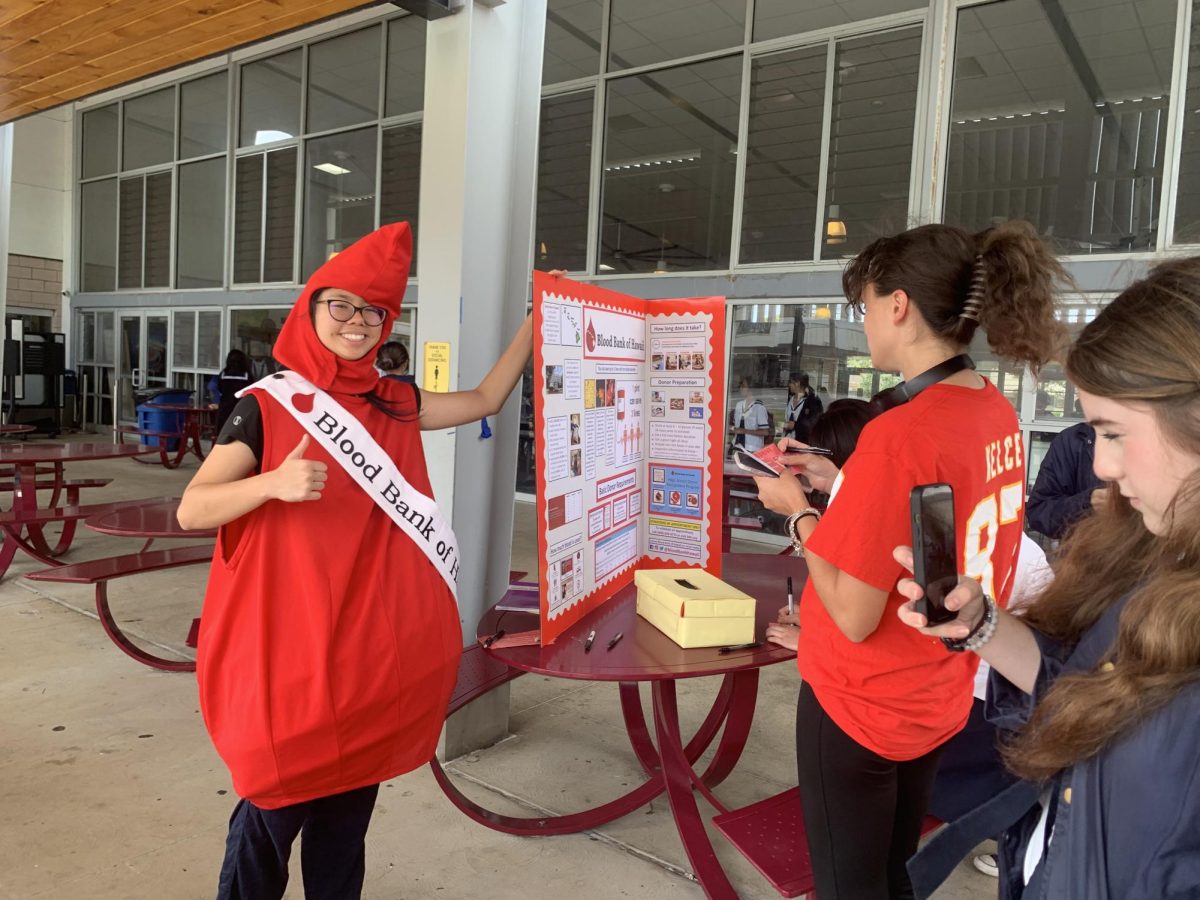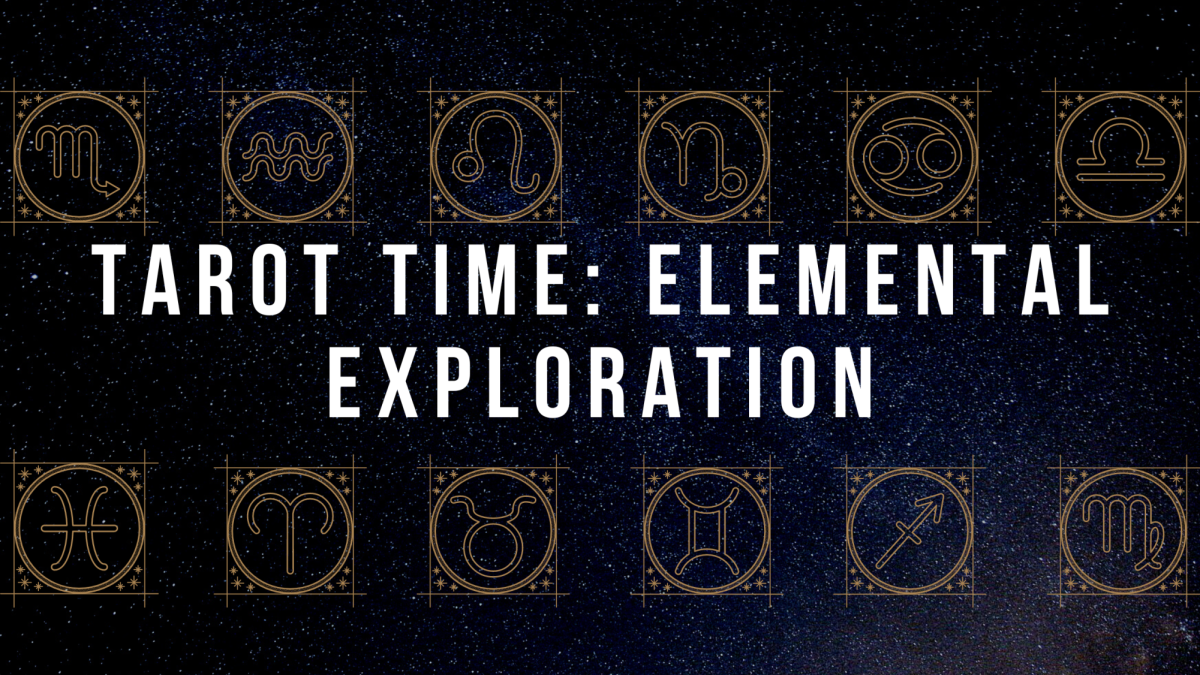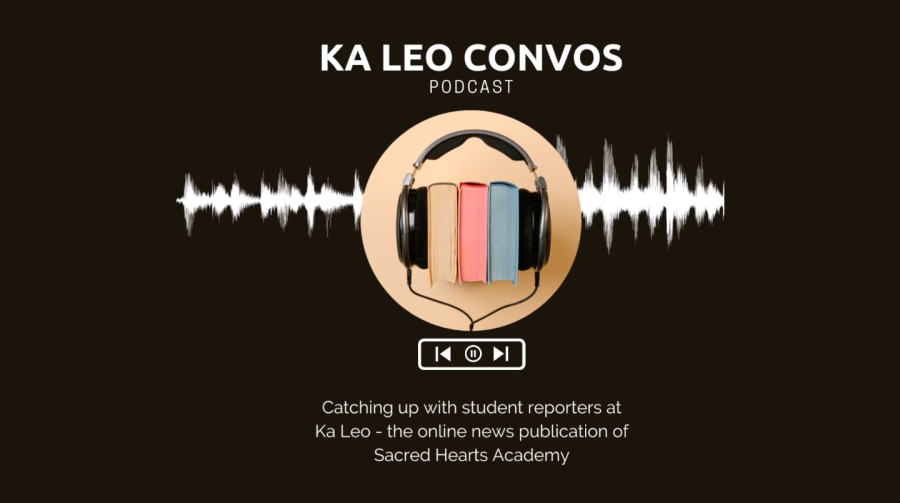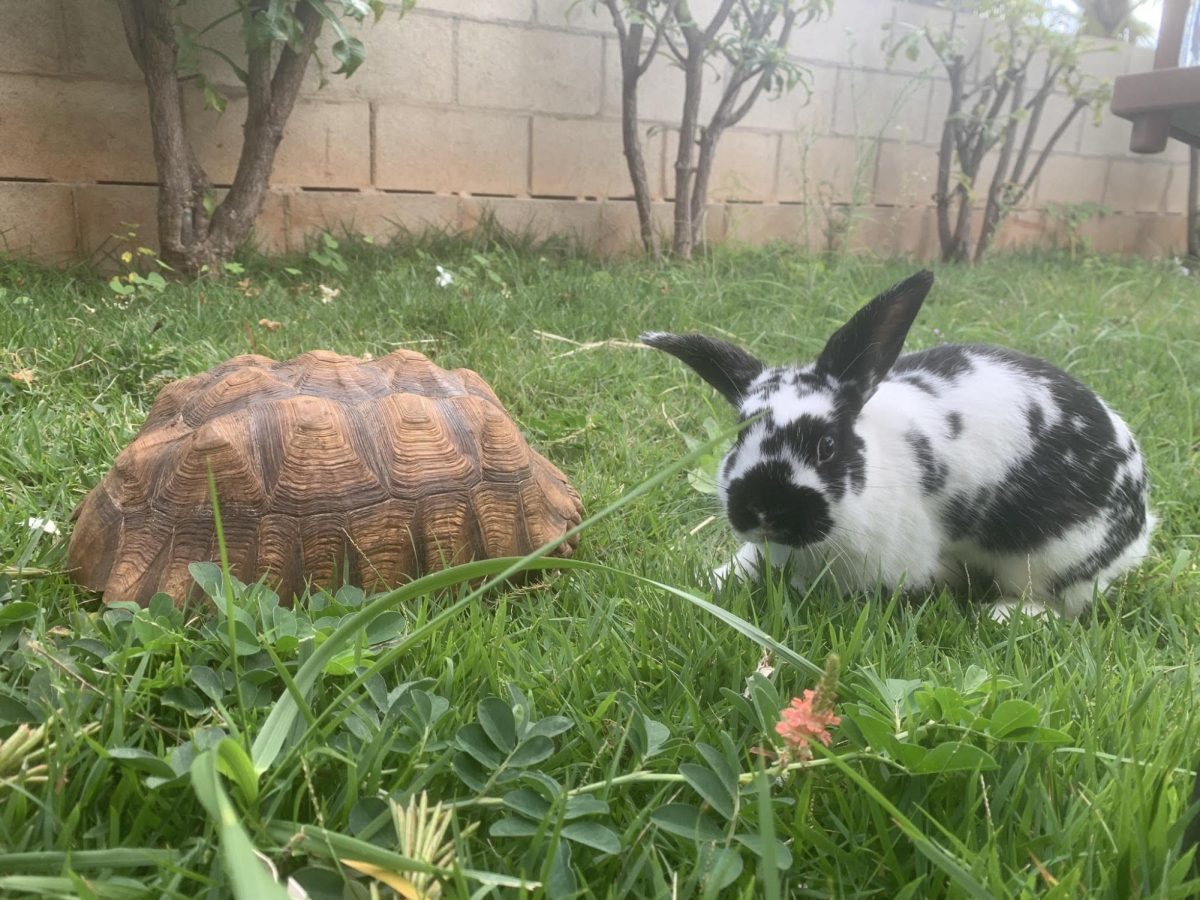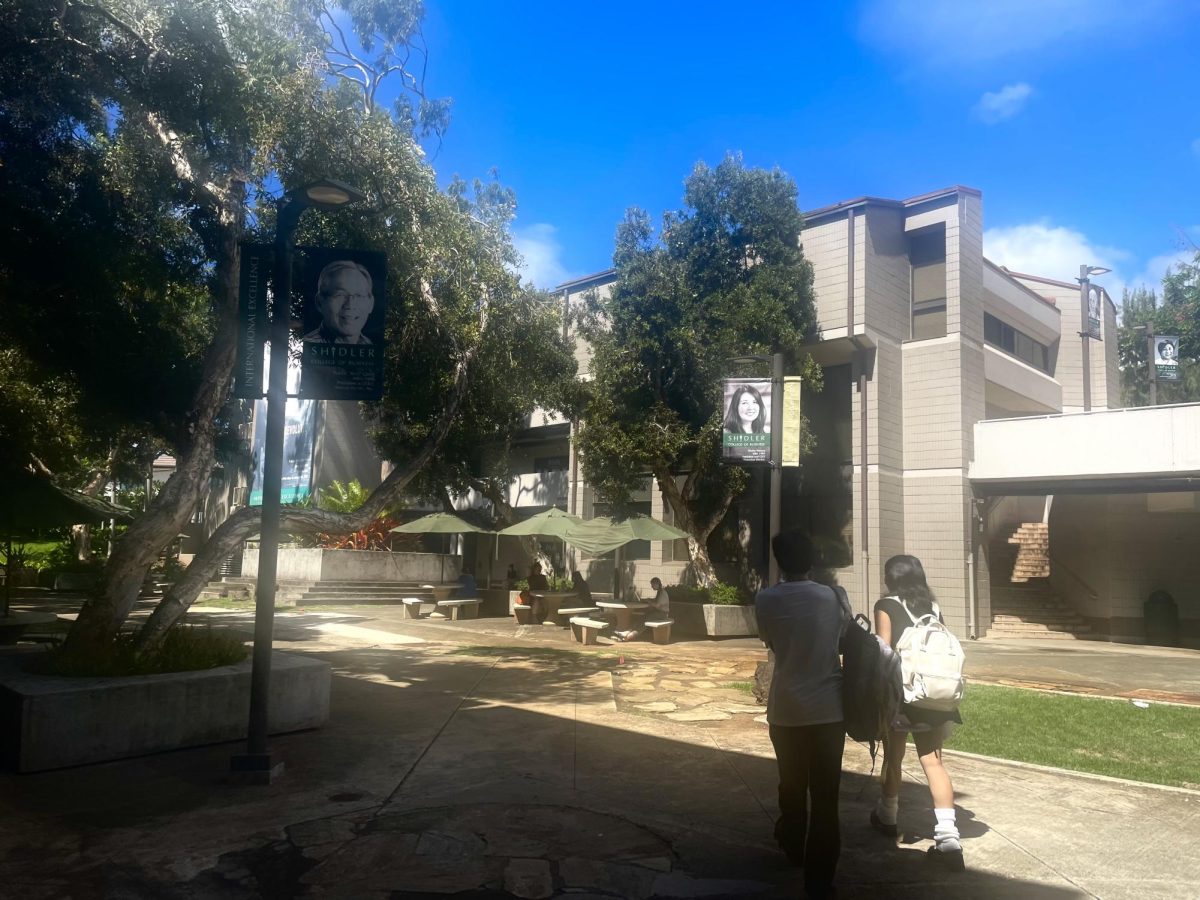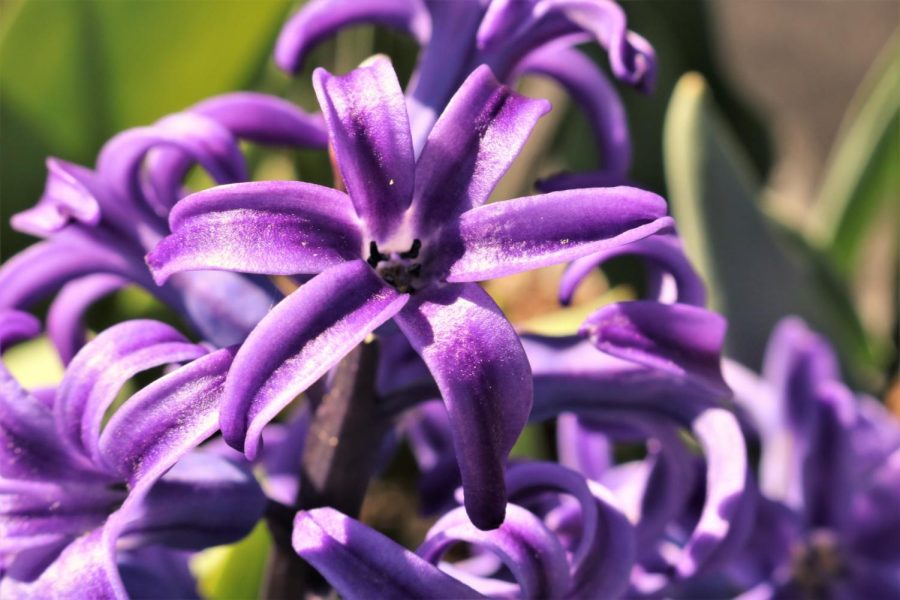Flowers speak more than words
The language of flowers has been loved for centuries in many countries throughout Europe and Asia. It has been shown in mythologies, folklore, sonnets and plays of the ancient Greeks, Romans, Egyptians and Chinese. Throughout the writings, flower and plant symbolism have been peppered throughout. Nearly all Victorian homes had, with the Bible, books for understanding the “language.”
According to “The Language of Flowers” by Vanessa Diffenabugh, in Victorian-era etiquette, flowers were primarily used to deliver messages that couldn’t be spoken aloud. In a sort of silent dialogue, flowers were used to answer “yes” or “no” questions. A “yes” answer came in the form of flowers handed over with the right hand; if the left hand was used, the answer was “no.”
The presentation of flowers and their condition were important. When flowers were given upside down, then the idea being described was the opposite of what the flower was supposed to be. And, of course, a wilted bouquet delivered an obvious message of hatred or that you don’t want anything to do with them.
Here are four of my favorite flowers, with important origins and messages.
Purple Hyacinth – “I am sorry. Please forgive me.”
Purple hyacinths are commonly used in a bouquet when someone is sorry for a grave mistake they’ve made.
In Greek mythology, the hyacinth is the flower for the god of the sun, Apollo. It represents peace, commitment and beauty. A purple hyacinth specifically signifies a deep feeling of grief and sadness.The flower is named after Hyacinth, a Greek boy, who Apollo and Zephyr loved. As the story goes, Apollo and Hyacinth were playing a game of discus. No one knows if it was Apollo who threw the discus or if it was Hyacinth, himself, but at the moment that the discus was in the air, Zephyr caused a strong wind to blow the discus back. It hit Hyacinth on the head, killing him. Weeping over the hyacinth that came from Hyacinth’s blood, Apollo’s tears turned the flower’s petals purple.
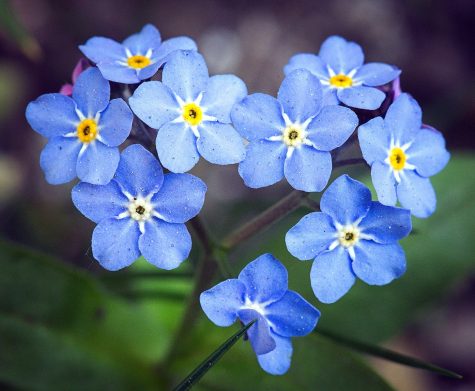
Forget-me-nots – “I remember the times we had, and I love you”
As you would guess, forget-me-nots mean remembrance. It often means the remembrance of good memories, like when two people are together as a couple. It also signifies true love between the giver and the receiver. Based on Christian lore, the story about forget-me-nots is quite interesting. God was walking in the Garden of Eden. He saw a blue flower and asked the flower for its name. The flower whispered that he had forgotten his own name. God gave the flower its new name, forget-me-not, because then the flower will not forget the flower. Because of that story, the forget-me-not signifies true love in the Victorian age. It also relates to good memories, such as memories that you wouldn’t want to forget.
Gardenia – A secret way of saying, “I think you are really pretty”
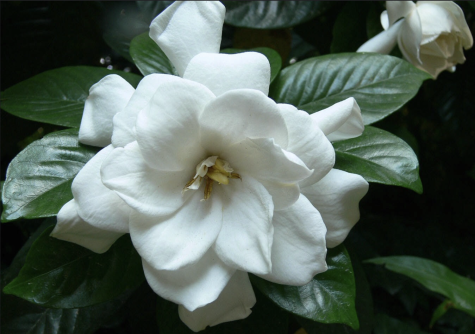

Gardenia is such a pretty flower, with such a beautiful aroma. Not only that, but its meaning is just as amazing. In the Victorian era, if someone feels love for another but couldn’t really say it outright, it’s common to use gardenias to express it. A really beautiful way to imagine it is having a secret love no one can know about, but you want them to know they have a special place in your heart.
Ambrosia – “I love you, too!”
Ambrosia has such a beautiful meaning of mutual love. If a person gives someone else an ambrosia, it means that their love is reciprocated. If someone were to confess their love to you, there is no better way of telling them you feel the same way. The only problem with ambrosia is if you give it to someone and you don’t think of the true meaning, they might get the wrong idea that you love them.
There is a language, little known,
Lovers claim it as their own.
Its symbols smile upon the land,
Wrought by nature’s wondrous hand;
And in their silent beauty speak,
Of life and joy, to those who seek
For Love Divine and sunny hours
In the language of the flowers.
–The Language of Flowers, London, 1875


Keira is a second-year Journalism student and a sophomore at the Academy. She hopes that she can use her love of writing to keep others informed on important...


